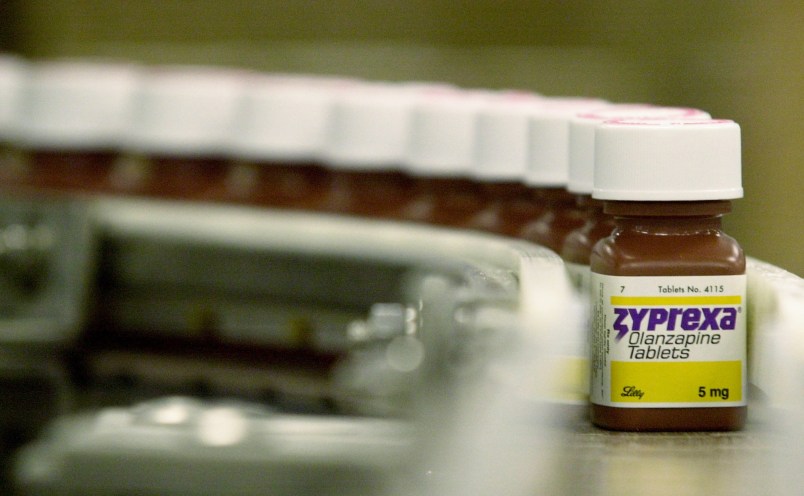Contrary to public perception and horrific cases that make headlines, serious mental problems are declining among the nation’s youth, and there has been a big rise in how many are getting help, a new study finds.
The study is mostly good news: More children and teens are taking mental health medicines than ever before, but more also are getting therapy, not just pills. The biggest rise in treatment rates has been among the most troubled kids.
“There’s a concern out there that a lot of children and adolescents are receiving mental health treatments, particularly medications, that they don’t need,” especially for conditions such as attention deficit hyperactivity disorder, said the study’s leader, Dr. Mark Olfson, a psychiatrist at Columbia University Medical Center and the New York State Psychiatric Institute.
Instead, the results suggest “that at least in some ways, we’re moving in the right direction,” by getting help to kids who need it most, he said.
The dark cloud: More than half of severely troubled kids get no help at all.
The study used nationwide surveys done by the federal Agency for Healthcare Research and Quality over three periods from 1996 to 2012, covering more than 53,000 youths ages 6 to 17. Results are in Thursday’s New England Journal of Medicine.
Some highlights, which compare the first survey to the most recent one:
SEVERE MENTAL PROBLEMS DECLINING
The percentage of youths with serious impairments dropped from 13 percent to 11 percent.
“There’s a public perception that there are more and more kids who have these disorders, and the new report challenges that,” Olfson said. Other research has found drops in rates of binge drinking and dropping out of school, so the new study “does fit with other trends,” he said.
MORE ARE GETTING CARE
Use of any outpatient mental health service rose from 9 percent to 13 percent. The rise was greatest for severely troubled kids, and went from 26 percent to 44 percent — from 1.56 million annually to 2.28 million.
Among kids with less or no impairment, the portion getting treatment went from about 7 percent to nearly 10 percent, or from about 2.74 million kids a year to 4.19 million.
MEDICATION USE IS UP
The use of any mental health drug rose from about 6 percent to 9 percent. Among youths with severe problems, medication use went from 18 percent to 32 percent. Among the rest — mild or no problems — it went from 4 percent to 6 percent.
Some people complain, “Oh my goodness, these poor little children are on these powerful drugs,” said Dr. Gabrielle Carlson, a child and adolescent psychiatrist at Stony Brook University School of Medicine on New York’s Long Island. “But most of the kids offered these drugs have big, powerful problems,” and the real issue is finding more effective drugs and getting more kids the help they need, she said.
NOT JUST PILLS
The percentage of youths getting therapy rose from 4 percent to 6 percent. That may reflect more access to care in general: Other research shows that medical visits of all kinds rose for these age groups over that time.
THE ADHD SITUATION
Use of stimulants such as methylphenidate, sold as Ritalin and other brands, rose from 4 percent of youths to 6.6 percent. These drugs are often given for ADHD, which affects more than 1 in 10 children, according to the Centers for Disease Control and Prevention.
MANY KIDS GET NO HELP
About 56 percent of youths with serious troubles were not in care.
“There’s a tremendous amount of unmet need,” said Dr. Brady Case, a child psychiatrist at Bradley Hospital in East Providence, Rhode Island. It’s possible that one reason serious impairment rates are falling “is that treatment is working” for those who get it, he said.
___
Online:
Study: http://www.nejm.org/doi/full/10.1056/NEJMsa1413512
___
Marilynn Marchione can be followed at http://twitter.com/MMarchioneAP
Copyright 2015 The Associated Press. All rights reserved. This material may not be published, broadcast, rewritten or redistributed.










Thank you, ACA.